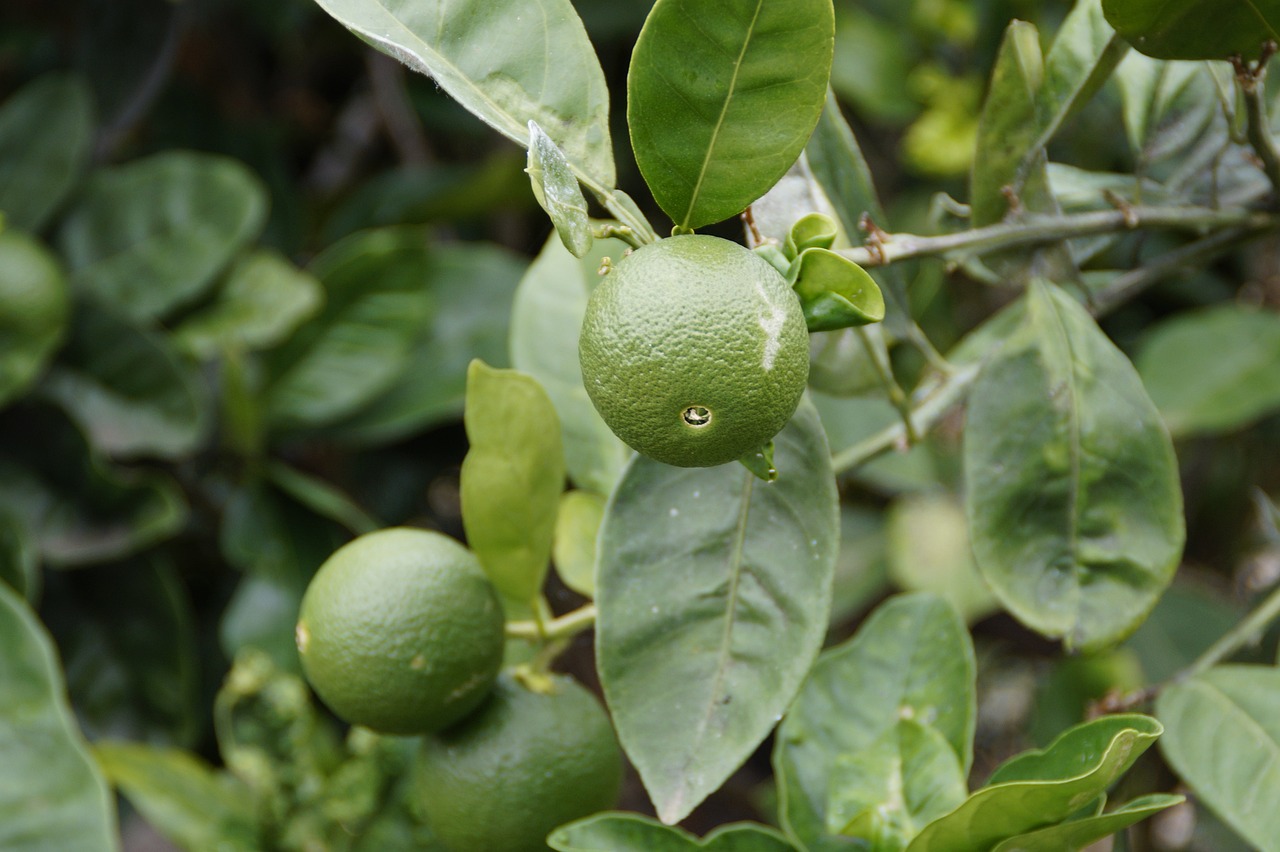Lime trees, also known as Citrus aurantifolia, are sought after for their fragrant blossoms and tangy fruit. They add beauty and freshness to any garden. A common question for anyone looking to grow lime trees is “Do Lime Trees Need Full Sun?” The short answer is yes, but the whole truth is more nuanced. This article aims to delve deeper into the needs and care of lime trees.
Do Lime Trees Need Full Sun? Lime trees are tropical, sun-loving plants that ideally require a minimum of 6 hours of sunlight per day for optimum growth. However, their sun requirements must be balanced with other critical care factors like soil type, watering, and pest management for the trees to thrive.
1. Understanding Lime Tree Sun Requirements
Why Do Lime Trees Need Sun?
Like most citrus trees, lime trees are sun lovers. They rely heavily on sunlight for photosynthesis, which is the process where they convert sunlight into energy for growth. Sunlight plays a key role in the development of the tree’s foliage and the production of sweet, juicy limes.
What Happens if They Don’t Get Enough Sun?
Lime trees that don’t get enough sun may exhibit signs of stress, such as yellowing leaves, stunted growth, and reduced fruit production. The fruit they do produce might be smaller and less sweet than fruit from trees that get ample sunlight.
Ideal Sun Exposure for Lime Trees
Generally, lime trees require at least six hours of sunlight each day. However, in hotter climates, a little shade in the afternoon can help prevent leaf scorching. It’s important to ensure your tree is positioned in a place where it can receive balanced light exposure throughout the day.
2. The Role of Climate and Geographic Location
How Climate Influences Lime Tree Growth
Lime trees prefer warm, tropical climates, which is why they’re often found in places like Florida, Mexico, and the Caribbean. They can withstand temperatures up to 100°F (37°C) but cannot tolerate frost. In cooler regions, lime trees are usually grown in pots and brought indoors during the colder months.
Importance of Geographic Location
The geographic location will impact the amount of sunlight available to the lime tree. If you live in a place with shorter daylight hours or less intense sunlight, your lime tree may require supplemental light to meet its needs.
Adapting Lime Trees to Varying Climates
If you live in a climate with harsh winters, growing lime trees in containers is a good option. This way, they can be moved indoors during the frosty months, and positioned near south-facing windows where they can receive adequate sunlight.
3. Soil and Watering Needs of Lime Trees
The Right Soil for Lime Trees
Lime trees require well-draining soil to prevent root rot. Sandy or loamy soils are ideal. The soil should also be slightly acidic, with a pH level between 6.0 and 7.5.
Proper Watering Techniques
While lime trees love the sun, they also need plenty of water. In the heat of summer, water your tree deeply at least once a week. In the cooler months, watering can be reduced to every two weeks or when the top two inches of soil feel dry.
The Balance Between Sunlight, Soil, and Water
It’s crucial to balance the lime tree’s sunlight exposure with proper watering and the right soil. Too much sun without enough water can cause the tree to dry out, while overwatering in conjunction with less sunlight can lead to diseases like root rot.
4. Pruning and Fertilizing Lime Trees
Why Pruning is Important
Pruning lime trees helps control their size, shape, and promotes better airflow, which reduces the chance of disease. It also allows more sunlight to reach the interior branches, encouraging a more bountiful fruit harvest.
Ideal Fertilizer for Lime Trees
Fertilizing your lime tree can help provide the nutrients it needs to grow. Use a slow-release citrus or fruit tree fertilizer that’s high in nitrogen. This should be done three times a year: in late winter, late spring, and early fall.
Balancing Pruning, Fertilizing, and Sunlight
When pruned and fertilized correctly, lime trees can maximize their use of sunlight. Proper pruning allows sunlight to reach more areas of the tree, and a well-fertilized tree is better equipped to utilize that sunlight for growth and fruit production.
5. Dealing with Pests and Diseases
Common Pests of Lime Trees
Pests that can affect lime trees include aphids, scale insects, and citrus leaf miners. Regular inspection of your tree is necessary for early detection and control.
Diseases Lime Trees Can Get
Lime trees can be prone to diseases like root rot, canker, and greening disease. Many of these can be mitigated by providing the right amount of sun, water, and soil conditions, as well as regular monitoring and proper hygiene practices.
The Connection Between Sunlight, Pests, and Diseases
Overexposure or underexposure to sunlight can stress lime trees, making them more susceptible to pests and diseases. Ensuring your tree gets the right amount of sun can help keep it healthy and more resistant to these issues.
Conclusion
In conclusion, while the answer to the question, “Do Lime Trees Need Full Sun?” is a resounding yes, it’s important to understand that sunlight is just one part of the equation. Balanced care involving correct watering, soil conditions, pruning, fertilizing, and pest control is crucial to ensure your lime tree grows healthily and bears plenty of delicious fruit. The joy of picking fresh limes from your tree will be well worth the effort you invest in its care.

